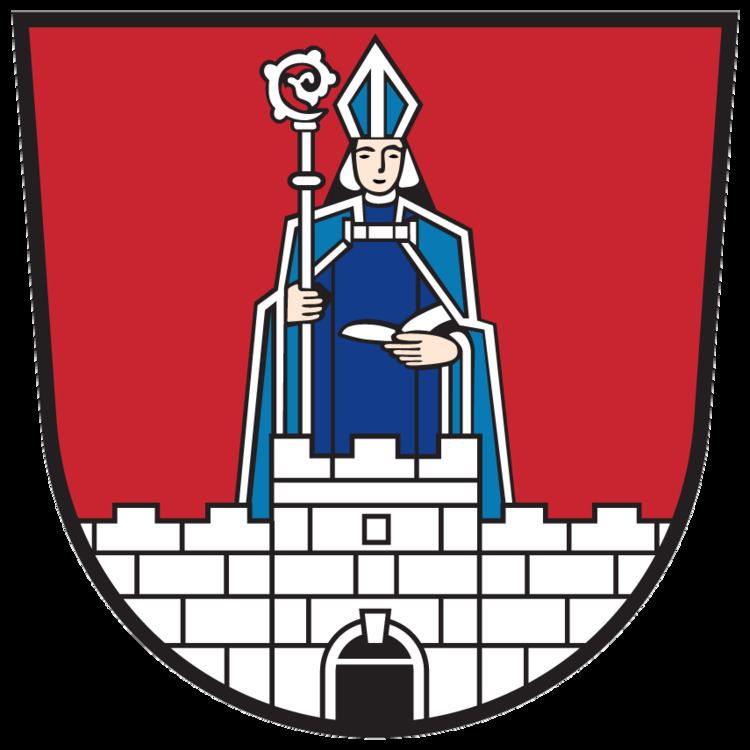Major shrine Fano Name Saint Paternian | Died Fano, Italy Patronage Cervia, Fano | |
 | ||
Venerated in Roman Catholic Church, Eastern Orthodox Church Feast July 12; November 13; November 23 | ||
Paternian or Paternianus (Italian: San Paterniano) is the name of an Italian saint. There are two figures, Paternian of Bologna and Paternian of Fermo, who are considered to be the same person. The first was bishop of Bologna from around 450 to 470. The second was a native of Fermo who escaped to the mountains during the persecutions of Christians by Diocletian. He then became bishop of Fano after being appointed to this position by Pope Sylvester I.

Historical details about Paternian are scarce. The Vita Sancti Paterniani can be found in a codex of the 12th century, though it dates earlier, and was written by a monk of the 10th or 11th century. But it is legendary and not reliable.
According to an ancient tradition, Paterniano was born at Fano around 275 AD. An angel told him in a vision to escape this city and hide out in a deserted place near the Metauro River. He became a hermit and the abbot of a monastery. Later, when the persecution of Christians stopped, the citizens of Fano demanded that he become their bishop. Paternian governed the city for many years. He died on November 13, around 360 AD. Miracles were reported at his tomb and his cult spread rapidly.
Veneration
According to one legend, the inhabitants of Fano competed with those of Cervia for the body of the saint. Cervia would be left with a finger, while Fano would possess the rest of the saint's relics.
His cult spread across Marche, Romagna, Veneto, Tuscany, Umbria, and Dalmatia. In the area known as the Camminate di Fano, there is a cave known as the Grotta di San Paterniano, which is said to have been his refuge during the Diocletian persecution.
The Austrian town of Paternion takes its name from him. The name appears in documents for the first time in 1296, and its origin is derived from the fact that the area lay under the influence of the patriarchate of Aquileia.
There was an old proverb from Romagna that ran: "Par San Paternian e' trema la coda a e' can." ("On St. Paternian's day, the dog's tail wags"). This Cervian proverb refers to the fact that the cold began to be felt around the saint’s feast day.
